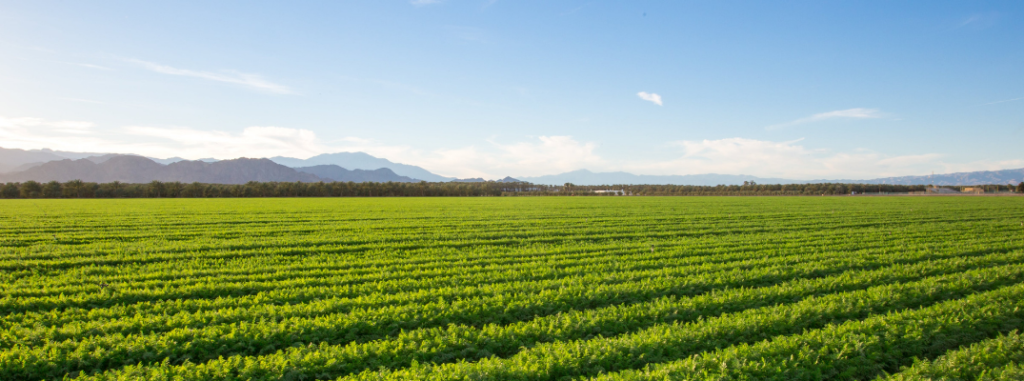The International Food Policy Research Institute (IFPRI) has launched its eighth Food Policy Report. The report is an annual highlight of major food policy developments around the world. This year’s 166-page document looks at the importance of rural revitalization in achieving the Sustainable Development Goals (SDGs).
Current challenges of food insecurity and malnutrition
In 2018, according to IFPRI, many regions of the world continued to witness rising hunger and did not make progress towards ending malnutrition. Also, undernourishment is on the rise for the third year and more than 800 million people are still faced with serious food security problems. In spite of some 9% improvement between 2012 and 2017, stunting still stands high among children with 150 million still stunted. With all these currently happening, the report says achieving the objectives of the SDGs will be a tough fight.
The document also highlights that despite the seriousness that current food challenges pose, only little is discussed at the policy level. Despite the warning of IPCC against a 1.5°C temperature rise that could leave catastrophic consequences, climate change denial is still a challenge and is limiting progress in achieving the Paris Agreement. The report says climate shocks were responsible for food insecurity in at least 23 countries in 2017.
Even when Africa has contributed the least to what is now hunting the planet as climate change, the continent is at a higher risks and as such exposed to greater food insecurity. The deadly cyclone Idai that hit Mozambique, Zimbabwe and Malawi in March testifies to this. The cyclone, noted has one of the deadliest weather-related event in Africa, has claimed about 1000 lives and displaced over 100,000 people. One can only imagine the impacts on crops and livestock.
Conflicts in countries like Yemen and South Sudan is said to be a leading cause of food insecurity among at least 74 million people – a number that has increased from that recorded in 2017.

Progress made on rural development and food security
On a bright side however in Africa, there has been some progress made especially with Ethiopia and Eritrea and South Sudan’s peace agreements which could reduce the prevalence of conflicts in Africa and its impact on food security. Also, the renewed call for entrepreneurship and innovation especially among small and medium enterprises on the continent will help drive innovation, economic prosperity and poverty reduction.
The report says that the development community is making progress to achieve SDG2 with platforms like the first Global Parliamentary Summit against Hunger and Malnutrition and the Conference on Accelerating the End of Hunger and Malnutrition which present opportunities for progress and transformation of food systems. Similarly, the African Continental Free Trade Agreement (AfCFTA) expected to provide a 1.2 billion people and up to $4 trillion single market signifies progress for Africa. The trade agreement, after 7 years of its conception, has now met its minimum threshold and is expected to go into effect soon. This will promote free movement of labour, capital, and goods and services on the continent.
Achieving rural revitalization and the SDGs
Poverty in rural areas is 17% globally compared to 7% in urban areas. This disparity in poverty levels, the report says, is because attention has shifted too much from developing the rural areas. Factors like climate change, deforestation, soil degradation, pollution, and limited infrastructure and economic opportunities compounds the challenge. To achieve an end to hunger and poverty, the report calls for a “system-wide transformation” which will “raise rural incomes, improve rural food security and nutrition, safeguard environmental resources, and lift living conditions” in rural areas.
The IFPRI report also encourages the adoption of ‘rubanomics’, a system that it says puts rural areas as equals to cities and megacities and emphasizes its role as springboards for food security, rural wellbeing and value chain development. It calls for investments in post-production, ICTs, education, governance and rural health to boost innovation and job creation and reduce youth migration.
The role of women in achieving rural transformation is not left out. The document calls for women participation in agriculture to boost productivity, dietary quality and nutrition. Ensuring a healthy rural environment that can provide ecosystem services is equally vital for rural revitalization. Therefore, the importance of proper rural governance in the form of policies that protect property rights, reduce women’s domestic workloads, support rural businesses, and strengthen rural institutions was emphasized.

Conclusion
The policy report foresees 2019 as the year of laying the foundation for Africa’s rural revitalization and food security. This however depends on the commitments of all the actors. Transforming Africa’s agriculture requires a system-wide approach involving investment in value addition, ICTs, food quality and safety, technology adaptation, and public private partnerships for market and institution strengthening.
With water continuing to pose challenges to Africa’s agriculture, investing in smart irrigation for example could boost productivity and reduce poverty. Understanding the risks and opportunities in Africa’s agriculture sector is important. Innovations developed for the sector must be adoptable and adaptable to Africa’s rural condition. As the report puts it, investing in Africa’s agriculture presents “greater promise of reducing poverty than investing in urban areas.”

